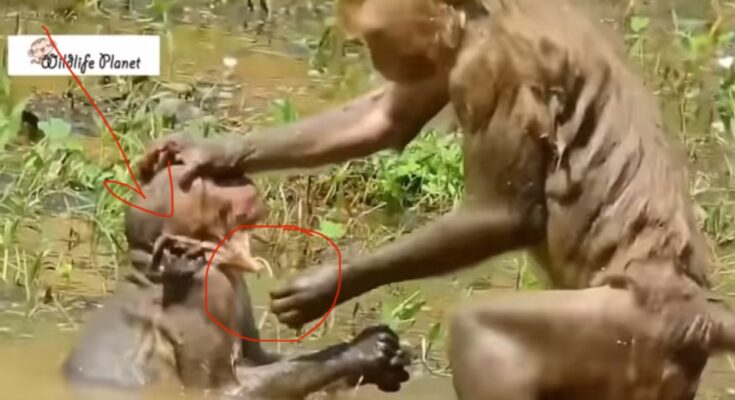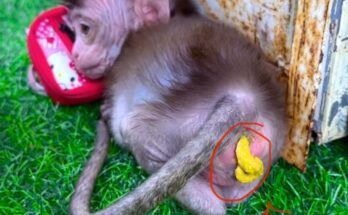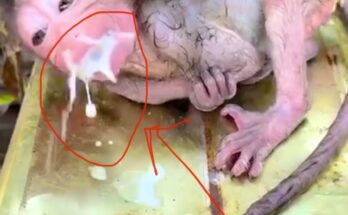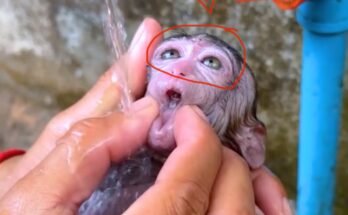In an unusual yet thought-provoking incident, a monkey was recently caught in a trap after it ventured down from the treetops to drink water from a roadside tap. The incident, which occurred in a semi-urban area bordering a forest reserve, has sparked conversation about the growing conflict between wildlife and human settlements.
The Incident
The monkey, believed to be part of a local troop often seen foraging on the outskirts of the town, had been spotted by residents over the past few days. According to witnesses, it had become a regular visitor to a public tap frequently used by local residents. With drought conditions prevailing in the nearby forest and natural water sources drying up, it’s no surprise that the animal turned to human infrastructure in search of hydration.
However, things took a troubling turn one morning when the monkey was found stuck in a crude wire trap placed near the water source. Local wildlife officers were alerted, and the animal was eventually rescued with minor injuries. The trap, believed to have been set by someone attempting to deter the monkeys from accessing the tap or crops nearby, is now the subject of an official investigation.
A Growing Problem
This incident is more than just an isolated mishap. It highlights the increasingly common issue of human-wildlife conflict fueled by environmental changes, deforestation, and rapid urbanization. As natural habitats shrink, wild animals—especially highly adaptable ones like monkeys—are venturing further into human territory in search of food and water.
Monkeys, in particular, are intelligent and opportunistic. They quickly learn where easy sources of nutrition or water are, and their presence in urban areas has grown steadily over the past decade. While their antics are sometimes amusing, they can also become a nuisance—leading to confrontations with residents, crop damage, and unfortunate incidents like this one.
Community Reactions
While some residents expressed sympathy for the trapped monkey, others voiced concern over increasing monkey-related disturbances in the area. “They’re not afraid anymore,” one local said. “They come right up to the door, take food, open taps. It’s not safe, especially for kids.”
Conservationists argue that the real issue lies in habitat destruction and water scarcity. “This isn’t the monkey’s fault,” said a local wildlife volunteer. “It came to drink water—something we all need to survive. The problem is deeper than one incident.”
The Way Forward
Experts suggest a combination of humane deterrents, better waste management, and public awareness to reduce conflict. Installing animal-friendly water stations at the edge of forests, educating residents on coexistence, and enforcing laws against illegal trapping could help mitigate future incidents.
As urban areas continue to expand, stories like this monkey’s will likely become more frequent. Whether they end in rescue or tragedy depends largely on how communities choose to respond—not just to the symptoms, but to the root causes of wildlife displacement.



